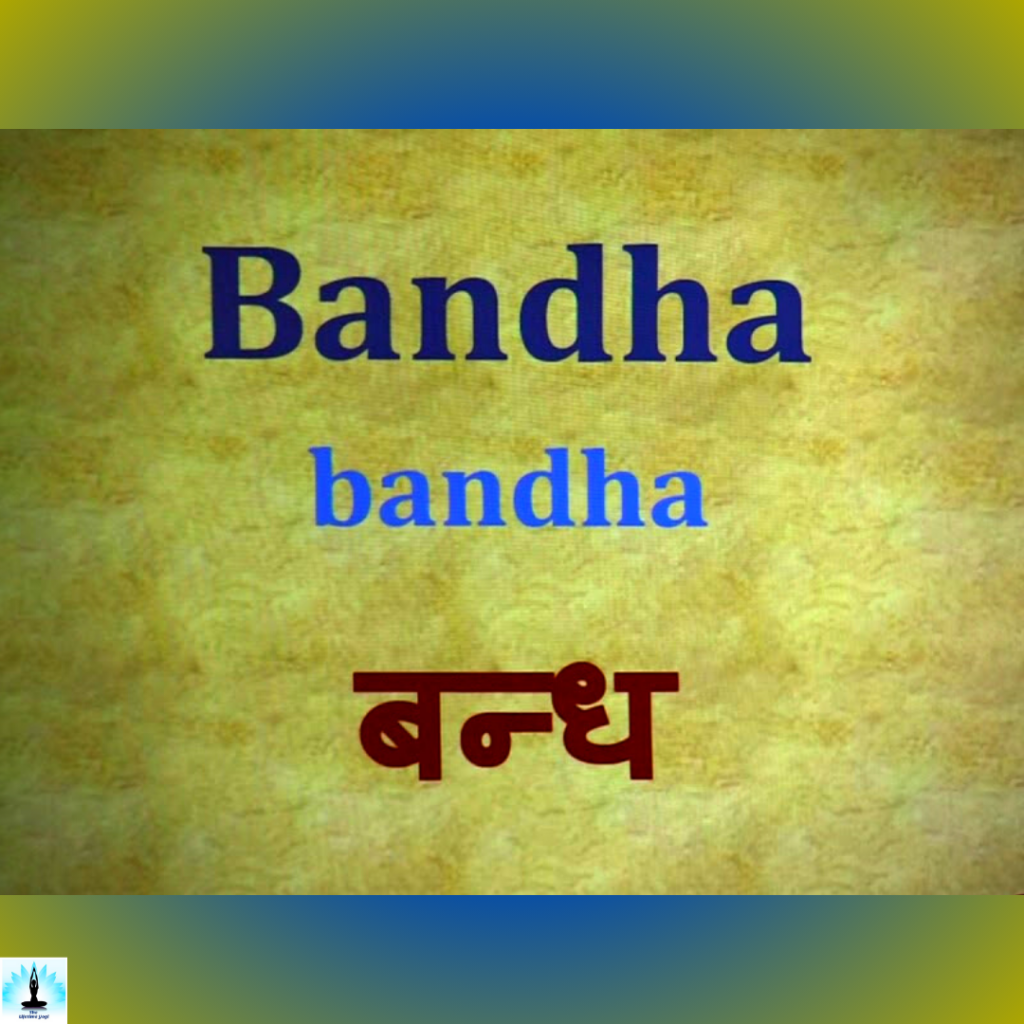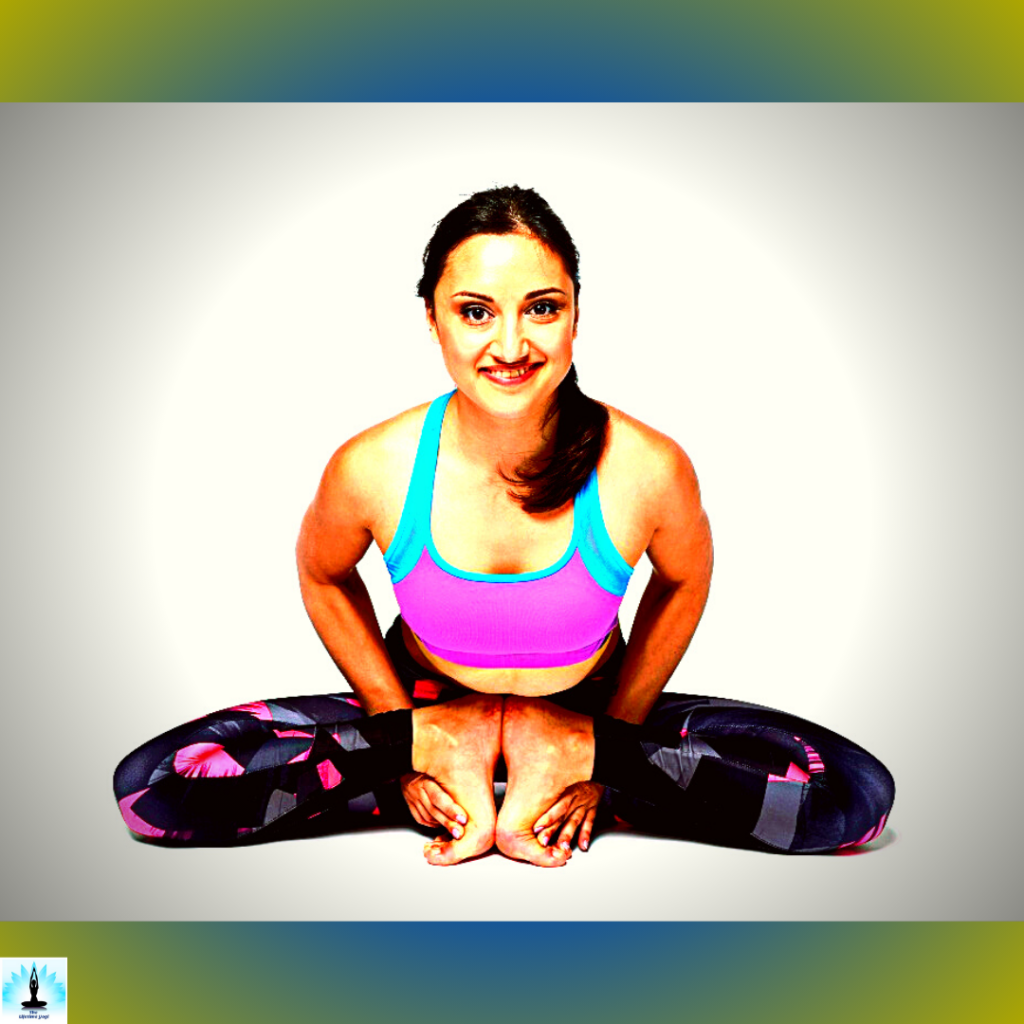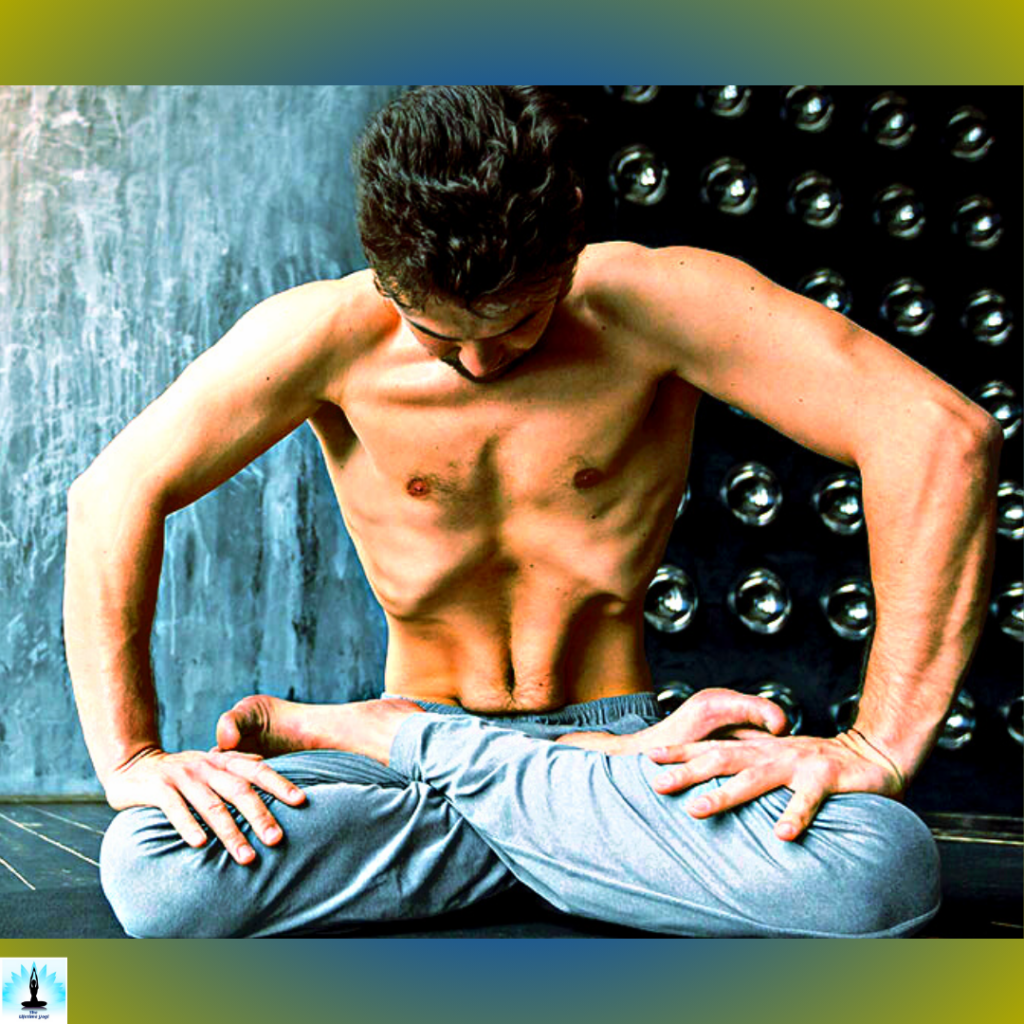Table of Contents
Introduction – 6 Top Ways for Unlocking the Energetic Locks Within
Hatha Yoga, the ancient practice that unites body, breath, and mind, offers a multitude of techniques for enhancing our energy and deepening our spiritual journey. Among these techniques, bandhas play a pivotal role in channeling and directing the flow of prana (life force) within the body.
Bandhas are energetic locks that help awaken dormant energy, cultivate awareness, and elevate our practice to new heights. In this blog, we will explore the fascinating world of bandhas, discover their significance, and delve into ten essential ways to unlock the energetic locks within.
Understanding Bandhas
The term “bandha” is derived from Sanskrit, meaning “lock” or “seal.” Bandhas are specific muscular engagements or contractions that allow us to redirect the flow of prana within the body’s energy channels, or nadis. By employing bandhas, we activate and regulate the subtle energy currents, fostering balance, strength, and awakening.
Yogic Significance of Bandhas

Bandhas are an integral part of Hatha Yoga as they help harness and control the flow of prana, preventing its dissipation and promoting its upward movement. These energetic locks enable us to direct pranic energy to specific areas, nourishing and awakening them.
By engaging the bandhas, we can enhance our physical practice, deepen our breath control, and explore the profound connection between the body and mind.
Top 6 Ways to Unlock the Energetic Locks Within
Mula Bandha (Root Lock)

Mula Bandha is the contraction of the pelvic floor muscles, located between the pubic bone and tailbone. Engaging Mula Bandha provides stability, grounding, and directs energy upward, unlocking the potential of the lower energy centers.
Uddiyana Bandha (Abdominal Lock)

Uddiyana Bandha involves a deep inward and upward contraction of the abdominal muscles. This lock activates the solar plexus, massages the abdominal organs, and stimulates digestion. It also encourages the free flow of prana along the central energy channel, or sushumna.
Jalandhara Bandha (Chin Lock)

Jalandhara Bandha is achieved by gently lowering the chin towards the chest, lengthening the back of the neck. This lock regulates the flow of prana in the throat region, calms the mind, and facilitates the upward movement of energy.
Maha Bandha (Great Lock)
Maha Bandha combines the engagement of all three bandhas—Mula Bandha, Uddiyana Bandha, and Jalandhara Bandha. This powerful lock revitalizes the entire system, harmonizes the energy flow, and awakens the dormant potential within.
Viparita Karani (Legs-Up-the-Wall Pose)
This restorative pose involves lying on your back with your legs extended up against a wall. It gently activates Mula Bandha and directs prana towards the upper body, promoting relaxation, rejuvenation, and balancing the nervous system.
Pranayama with Bandha Awareness
Combining breath control (pranayama) with bandha awareness during your regular pranayama practice deepens the effects and energizes the subtle energy channels. Focus on engaging the appropriate bandhas during inhalation, retention, and exhalation, allowing the breath and energy to flow harmoniously.
Faqs on “Exploring Bandhas in Hatha Yoga: Top 6 Ways for Unlocking the Energetic Locks Within”
Q1: What are bandhas in Hatha Yoga?
A1: Bandhas in Hatha Yoga are energetic locks or muscular engagements that regulate and redirect the flow of prana (life force) within the body. They help awaken dormant energy, promote balance, and deepen the connection between the body and mind.
Q2: How do bandhas work in Hatha Yoga?
A2: Bandhas work by contracting specific muscle groups to create a lock or seal. This contraction directs the flow of prana, preventing its dissipation and promoting its upward movement along the central energy channel (sushumna). Bandhas help nourish and awaken specific energy centers or chakras within the body.
Q3: What are the benefits of practicing bandhas?
A3: Practicing bandhas offers several benefits, including enhanced energy flow, increased stability and balance, improved focus and concentration, heightened body-mind connection, and stimulation of the energy centers or chakras. Bandhas also support deepening breath control and facilitate the awakening of Kundalini energy.
Q4: Can beginners practice bandhas?
A4: Yes, beginners can practice bandhas. It is important to start with a gentle approach, gradually building strength and awareness in the relevant muscle groups. Seeking guidance from a qualified yoga teacher is advisable to ensure proper alignment and technique.
Q5: Are bandhas only practiced during yoga asanas?
A5: Bandhas can be practiced both independently and during yoga asanas (physical postures). They can be incorporated into seated meditation, pranayama (breath control) practices, and even daily activities. Bandhas are versatile practices that can be explored in various contexts.
Q6: How long should bandhas be engaged?
A6: The duration of engaging bandhas can vary based on individual capacity and comfort. It is recommended to start with shorter durations, gradually increasing the time as strength and understanding develop. It is essential to listen to the body and release the lock if any discomfort arises.
Q7: Are there any contraindications or precautions for practicing bandhas?
A7: While bandhas are generally safe, it is important to practice them mindfully and with respect for your body’s limitations. Individuals with specific medical conditions or injuries should consult a healthcare professional before engaging in bandha practices. It is also advisable to learn the proper technique from an experienced yoga instructor.
Q8: Can bandhas be combined with other yoga practices?
A8: Yes, bandhas can be combined with other yoga practices such as asanas, pranayama, and meditation. Engaging bandhas during these practices can deepen their effects, refine energy flow, and amplify the benefits of the overall practice.
Q9: Can bandhas be practiced by anyone, regardless of age or physical ability?
A9: Bandhas can be practiced by individuals of various ages and physical abilities. Modifications and adaptations can be made to accommodate different levels of flexibility and strength. It is important to practice with awareness, respecting the body’s limitations, and gradually progressing at a comfortable pace.
Q10: Can practicing bandhas lead to spiritual awakening?
A10: While bandhas are not a direct pathway to spiritual awakening, they play a significant role in cultivating awareness, energy control, and deepening the mind-body connection. Combined with a consistent and dedicated yoga practice, bandhas can contribute to spiritual growth and self-realization by awakening dormant energy and facilitating the harmonious flow of prana within the body.
Conclusion
Exploring bandhas in Hatha Yoga unlocks the energetic locks within, propelling us towards a deeper understanding of ourselves and the universe. By incorporating these powerful techniques into our practice, we can direct and refine the flow of prana, awaken dormant energy, and experience the profound interconnectedness of body, breath, and consciousness. Embrace the transformative power of bandhas and embark on a journey of self-discovery, vitality, and spiritual evolution.
References
- Sanskrit text and English translation of the Pancham Sinh edition at sacred-texts.com (archive.org) pp. 95-127
- Iyengar, 1976: pp.435–437
- Iyengar, 1976: p.525
- Monier-Williams 1964, p. 720.
- Maheshwarananda, Paramhans Swami (2000). “Maha Bandha”. Yoga in daily Life – The System. Ibera Verlag – European University Press. p. 429. ISBN 3-85052-000-5.
- “Ashtanga Yoga Shala NYC – On Pranayama, Bandha and Drishti”. Ashtangayogashala.net. Archived from the original on 26 November 2018. Retrieved 26 November 2018.
- Mallinson 2012, p.261
